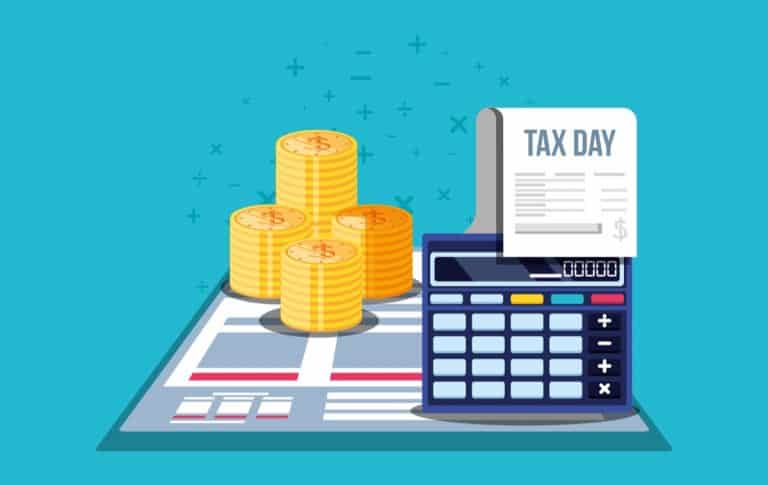If you’re a freelancer or self-employed professional, you are aware of the particular difficulties involved in managing your own company. Cruising tax season can be particularly difficult among them. Understanding self-employment tax (SE tax) and how to optimize your SE tax deduction to lower your tax payment is one of the most crucial things you’ll need to do.
Contents
Basics of Self-employment Tax
The SE tax is what employees pay in taxes for Social Security and Medicare. As a self-employed person, you are liable for both employer and employee portions of the SE tax. 15.3% of your net self-employment income will be taxed in 2021 as self-employment income. If you earned $100,000 through self-employment, you would owe roughly $15,300 in SE tax. The good news, if you can call it that, is that on your individual income tax return, you can deduct half of your SE tax. The deduction of $7,650 lowers your taxable income if you have $100,000 in self-employment income and owe $15,300 in SE tax.
That’s easier said than done to figure out your SE tax and maximize your SE tax deduction. The following are some typical problems with SE tax that self-employed people encounter:
First problem: underestimating tax obligations
The biggest error self-employed people make is underestimating their tax obligation. Self-employed do not have taxes deducted from their paychecks throughout the year as typical workers do. Instead, you are in charge of making anticipated tax payments, which are due every three months. This means getting comfortable with filing a Schedule C, Schedule SE, Form 1040, and Form 1099K, among many others. You may be liable to an underpayment penalty if you don’t make enough anticipated tax payments during the year. Even worse, when you file your return, you can get slammed with a large tax charge. It’s critical to precisely predict your tax liability and submit anticipated tax payments on time in order to prevent this problem. To calculate your projected taxes and prevent unpleasant surprises come tax season, you might want to see a tax expert.
Second problem: Lack of knowledge of tax deductions
You may be able to reduce your tax liability as a self-employed person by taking advantage of a number of tax deductions. However, a lot of independent contractors and professionals who work for themselves are unaware of the potential deductions or fail to claim them. By those who work themselves, common tax deductions include:
- The previously discussed deduction for self-employment taxes
- A deduction for a home office if you work from home
- Travel expenses for work
- Equipment and material costs
- Insurance costs
Contributions to retirement plans (such as Simplified Employee Pension or SEP IRA).
Do not forget to keep thorough records of all business-related spending. When it’s time to file your taxes and make deduction claims, these records will be essential.
Third problem: wrong filing
Submitting your taxes wrong can also be a big problem for freelancers. Self-employment taxes include a number of moving elements, including calculating your net income, figuring out your estimated taxes, and claiming deductions. It’s a good idea to deal with a tax professional who can make sure that everything is done correctly if you don’t feel confident doing your own taxes. This can ease your mind and lessen the likelihood that you will make a costly error with the IRS.
How to Increase Your SE Tax Deduction
After discussing some of the difficulties related to self-employment tax, let’s discuss how you can optimize your SE tax deduction to lower your tax liability. You must precisely compute your SE tax before anything else. In order to do this, you must first calculate your net self-employment income for the year (gross income less expenses) and then apply the SE tax rate to that sum. Make careful to utilize every deduction possible to reduce your net income.
Once you are aware of your SE tax burden, you may deduct half of it from your taxable income.
Contributing to Retirement Plan for Tax Deduction
A Simplified Employee Pension (SEP) or other retirement plan contribution you made is also deductible, which can reduce your taxable income. Keeping thorough records of all expenses incurred for business purposes throughout the year is also a smart idea.
As a result, claiming deductions will be simpler, and your overall tax burden will be reduced.
Finally, don’t be afraid to ask a tax expert for assistance if you feel overburdened by the self-employment tax payment process. They can guide you through the procedure and ensure that you get the most possible SE tax benefit.
Conclusion
Although it might be difficult for freelancers and self-employed professionals, self-employment tax is a crucial component of owning your own business. You can lower your tax burden and keep more of your hard-earned income by comprehending how SE taxation operates and maximizing your SE tax deduction. Maintain organization throughout the year, make an investment in a reliable accounting system or another helpful platform, and don’t be afraid to ask a tax expert for assistance if necessary.

